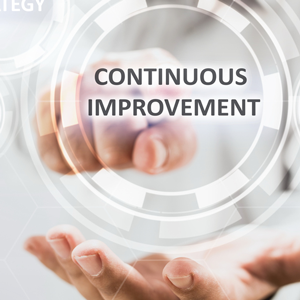Efficient and effective delivery of CRE/FM services starts with solid processes on both the client and service provider sides. Whether a Total Quality Management, Six Sigma, Lean or other approach to process improvement is deployed, leading CRE groups are trying to standardize their policies, practices and processes around the globe.
Process standardization can be done by internal teams or outsourced service providers, but both are usually busy delivering services. In our experience, the most successful process improvement projects are managed by a consultant who can draft process maps and related materials and then bring client and provider resources together to jointly determine the best solutions.
Capstan provides process improvement consulting services for facilities, projects, transactions, lease administration and support services. Our solutions eliminate barriers and bottlenecks that interrupt workflow. We reduce paperwork and layers of unnecessary approvals, eliminate no-value-added activities and simplify processes to reduce cycle time and costs.
Working with your teams, we standardize procedures with detailed process maps and explanations, look for areas to automate, and document new roles, responsibilities and hand-offs in RAPID or RACI charts. Then we develop communication strategies and train the staff and/or train the trainers to implement the processes.
Typical engagements involve developing “as is” and “to be” process maps that address:
- Tasks to be handled by CRE staff, internal stakeholders or third-party providers
- Location of process delivery (local on-site, regionally, center of excellence, etc.)
- Processes for assigning work to internal staff vs. contractors
- Approval limits and controls
- Coordination of hand-offs throughout the process
A major pharmaceutical company retained Capstan to assist with organization design, staff level benchmarking, service mapping, process mapping and creation of position descriptions to help form global facilities and project management functions from four divisions. After our recommendations were implemented, we created communications and training tools to support the transition and implementation of the new organization and processes.




